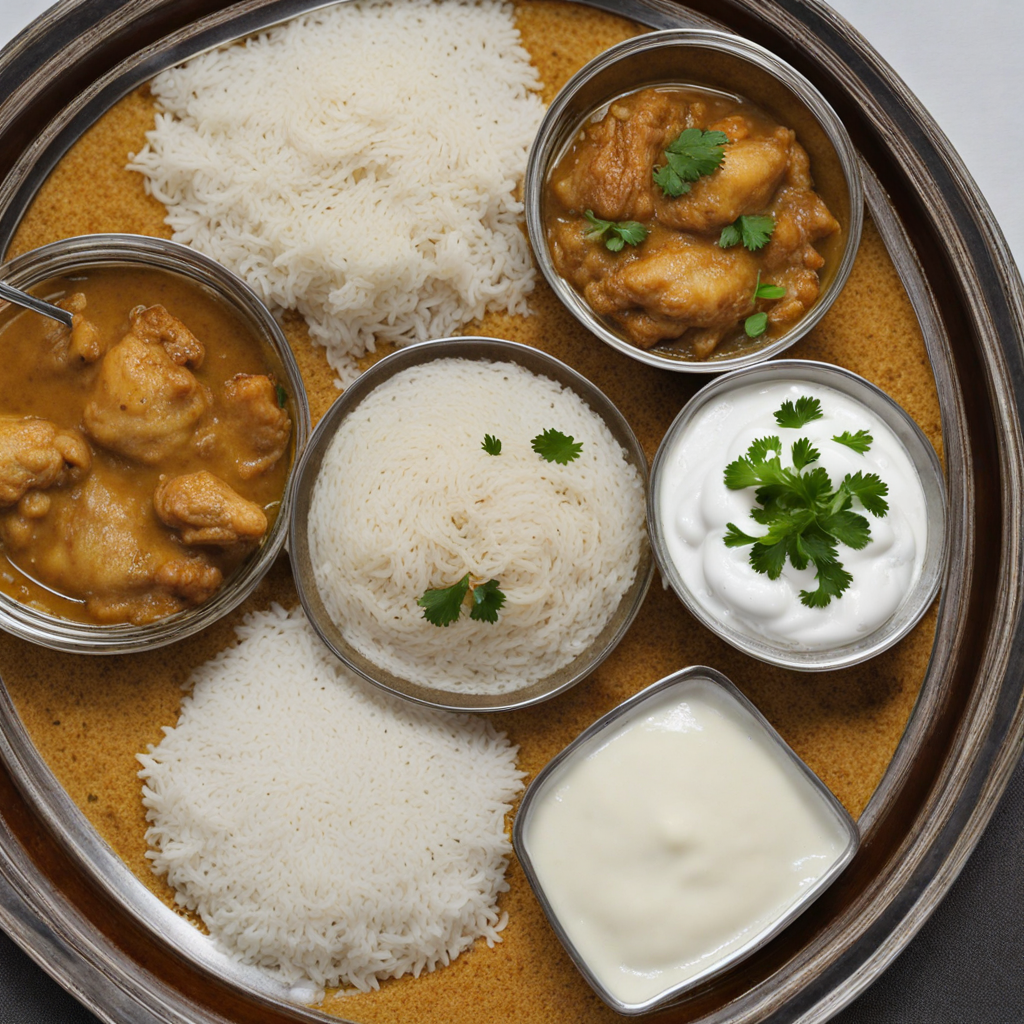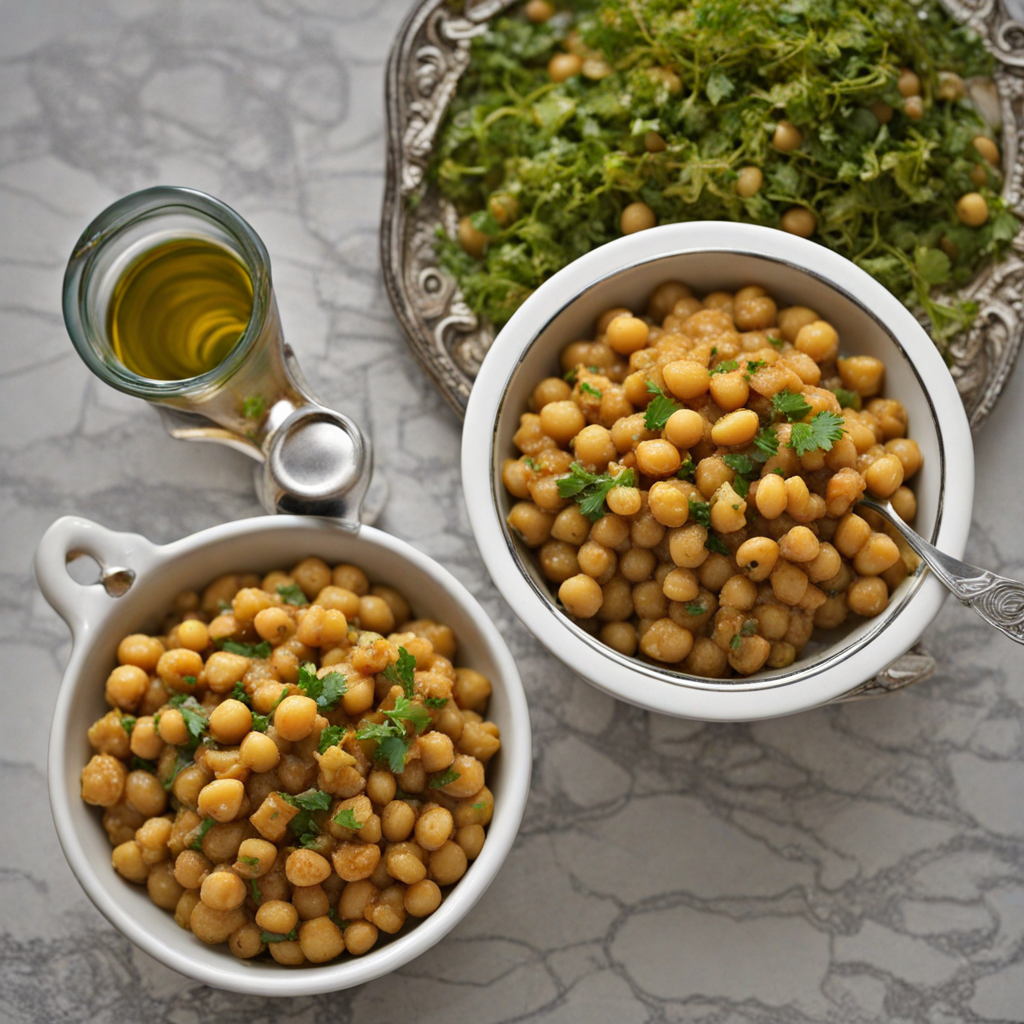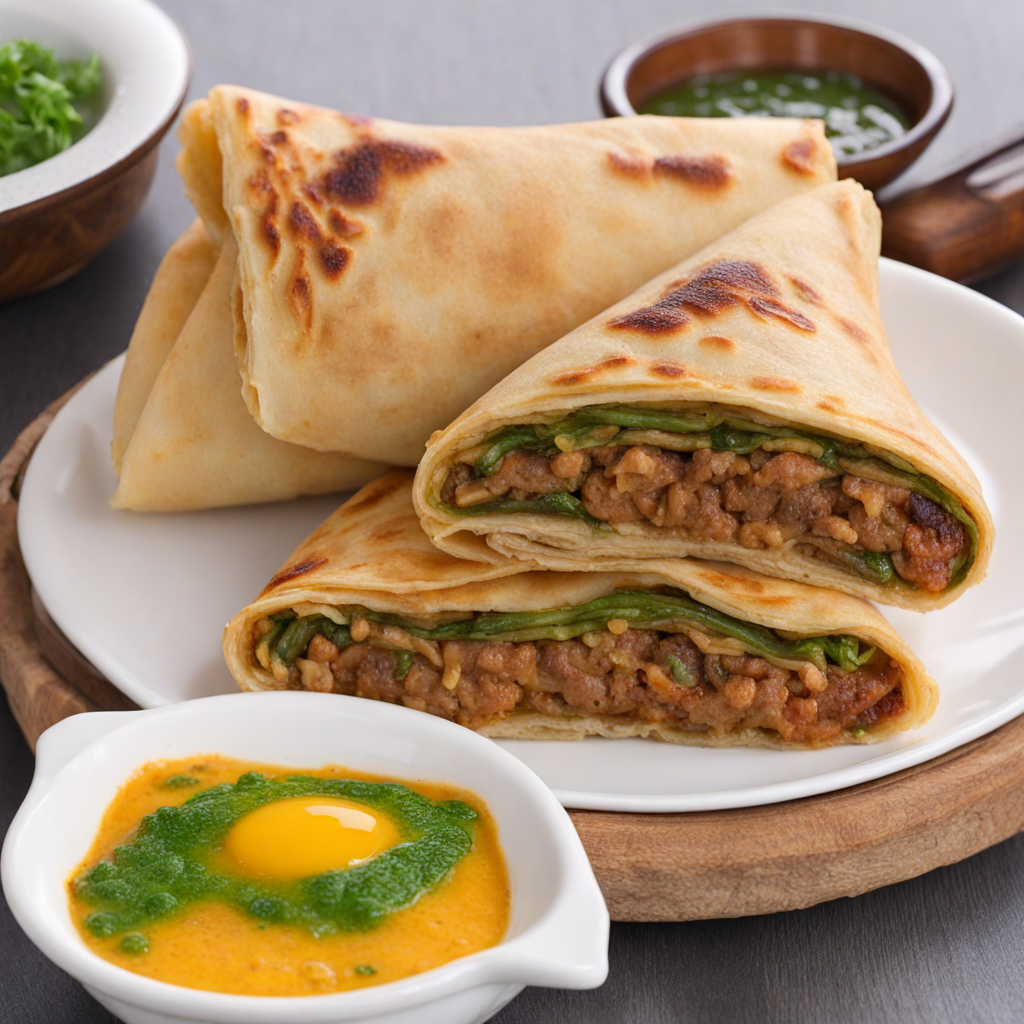Al Saleeg
Al Saleeg is a traditional Saudi Arabian dish that showcases the rich culinary heritage of the Arabian Peninsula. It consists primarily of rice cooked in a creamy broth, often made from chicken or lamb. The rice is typically prepared using a method that involves boiling it with spices and then allowing it to absorb the flavors of the broth. This results in a dish that is both comforting and hearty, with a texture that is creamy and slightly sticky, making it a delightful experience for those who enjoy a fulfilling meal. One of the standout features of Al Saleeg is its aromatic spices, which often include cardamom, cinnamon, and bay leaves. These spices infuse the rice with a warm, inviting flavor that is further enhanced by the addition of tender pieces of meat, typically slow-cooked to ensure they are juicy and flavorful. The dish is often garnished with fried onions or pine nuts, adding a satisfying crunch that contrasts beautifully with the creamy rice. The combination of flavors and textures makes Al Saleeg a dish that is both simple and elegant, perfect for family gatherings or special occasions. Al Saleeg is traditionally served in a communal style, where diners gather around a large platter, making it a social and interactive dining experience. It is often accompanied by a side of tangy sauces or pickles, which provide a refreshing contrast to the richness of the dish. This culinary delight not only reflects the Saudi Arabian love for hearty, comforting food but also serves as a reminder of the importance of community and sharing in Middle Eastern culture. Discovering Al Saleeg is not just about tasting a new dish; it is about experiencing the warmth and hospitality that is integral to Saudi Arabian cuisine.
How It Became This Dish
The History of السليق (Saliq) in Saudi Arabia Saliq, a beloved dish in Saudi Arabia, is a traditional rice preparation that exemplifies the rich culinary heritage of the Arabian Peninsula. The dish is characterized by its creamy texture and is often served with a variety of meats and spices. To comprehend the cultural significance and historical development of Saliq, we must delve into its origins, variations, and its place in the social fabric of Saudi Arabian life. #### Origins of Saliq The origins of Saliq can be traced back to the Bedouin tribes of the Arabian Peninsula, where the harsh desert environment necessitated a diet that was both nourishing and practical. Rice, introduced to the region through trade routes from Asia, quickly became a staple ingredient due to its adaptability and ability to sustain life in arid conditions. Saliq, while primarily rice-based, is also influenced by the diverse culinary practices of the various ethnic groups that have settled in or traveled through the region over the centuries. Historical accounts suggest that Saliq has been prepared for centuries, with variations found in neighboring countries. The dish is believed to have gained prominence in the Hejaz region, where flavors of spices and cooking techniques from North Africa, the Levant, and the Indian subcontinent mingled. This melting pot of culinary influences contributed to the unique flavor profile of Saliq, which is often seasoned with a blend of spices, including cardamom, cloves, and cinnamon, reflecting the broader spice trade that flourished in the region. #### Cultural Significance Saliq holds a special place in Saudi Arabian culture, serving not just as a staple food but also as a symbol of hospitality and communal bonding. Traditionally, Saliq is prepared during festive occasions, family gatherings, and celebrations such as weddings and Eid. The preparation of Saliq is often a communal activity, where family members come together to cook and share the meal, reinforcing social ties and cultural traditions. The dish is also associated with the concept of generosity in Saudi culture. Serving Saliq to guests is seen as a gesture of warmth and welcome, embodying the Arab hospitality ethos. Families often prepare large quantities, ensuring that there is enough for everyone, a practice that highlights the importance of sharing and togetherness in Saudi society. In addition to its role in social gatherings, Saliq is also linked to various rituals and traditions. For instance, it is often served when a family welcomes a newborn, symbolizing prosperity and abundance. The dish's creamy texture and savory flavor make it a comforting meal during times of grief and loss, providing nourishment and solace to those in mourning. #### Development Over Time As Saudi Arabia has evolved, so too has the preparation and presentation of Saliq. In the past, the dish was primarily cooked over an open flame, requiring skill and patience to achieve the perfect consistency. The introduction of modern cooking appliances, such as rice cookers and pressure cookers, has made it easier to prepare Saliq, allowing for variations in cooking methods and ingredients. Moreover, globalization and the rise of culinary tourism have led to a resurgence of interest in traditional dishes like Saliq. Chefs and home cooks alike are experimenting with new ingredients and flavors, incorporating contemporary culinary techniques while staying true to the dish's roots. This fusion approach has resulted in innovative interpretations of Saliq, such as the addition of saffron or the use of different types of rice, reflecting broader food trends and the evolving palate of contemporary diners. Despite these modern adaptations, the essence of Saliq remains unchanged. It continues to be a dish that brings people together, transcending generations and preserving the culinary legacy of Saudi Arabia. Many families have their own cherished recipes for Saliq, passed down through the years, each adding a personal touch that reflects their unique history and experiences. #### Saliq in Contemporary Saudi Cuisine In recent years, Saliq has gained recognition beyond the borders of Saudi Arabia as part of a broader movement to celebrate Middle Eastern cuisine. Food festivals, cultural events, and culinary competitions have highlighted traditional dishes like Saliq, introducing them to new audiences and fostering appreciation for the deep-rooted culinary traditions of the region. In urban areas, Saliq is often served in restaurants, where chefs present the dish with modern flair, garnishing it with fresh herbs, nuts, and dried fruits. These contemporary presentations not only pay homage to the traditional preparation but also invite a younger generation to engage with their culinary heritage. The rise of social media has also played a significant role in popularizing Saliq. Food bloggers and influencers share their experiences and recipes, creating a digital space for discussion and exploration of Saudi cuisine. This online community has contributed to a renewed interest in traditional dishes, encouraging home cooks to experiment with Saliq and share their interpretations with a global audience. #### Conclusion Saliq is more than just a dish; it is a narrative woven into the fabric of Saudi Arabian society, encapsulating the history, culture, and traditions of the region. From its humble origins among the Bedouin tribes to its place on contemporary dining tables, Saliq embodies the spirit of hospitality, community, and resilience. As Saudi Arabia continues to navigate the complexities of modernization and globalization, Saliq remains a steadfast symbol of cultural identity and continuity. It serves as a reminder of the importance of food in fostering connections between people, bridging generations, and celebrating shared heritage. In every grain of Saliq lies a story—a story of a land, its people, and their enduring love for a dish that has transcended time and tradition.
You may like
Discover local flavors from Saudi Arabia







